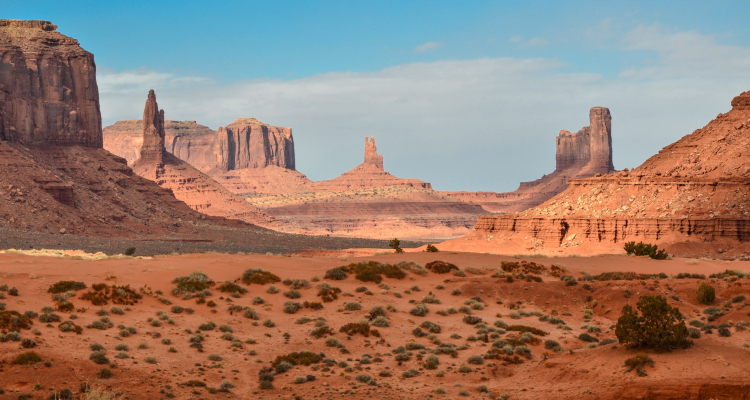
Experiencing the Grand Canyon from the sky is a bucket-list item for many aviators and adventurers. A true natural wonder, the canyon offers jaw-dropping vistas that are best captured from a bird's eye view. If you own or charter a private aircraft, you're in for the adventure of a lifetime. Here's your complete guide to flying over the Grand Canyon and what you need to know before you go.
The Grand Canyon Experience: Why It's Unmissable for Pilots
Unique Geology
The Grand Canyon's rock layers tell a geological tale spanning millions of years. Witnessing these layers from the sky offers a completely different perspective than viewing them from the ground.
Mind-Blowing Scale
The Grand Canyon stretches over 277 miles in length and attains a depth of over a mile. Its enormous size becomes breathtakingly apparent from the air.
Ideal Photography Opportunities
Capture unmatched aerial photographs of the Canyon’s intricate formations, especially during sunrise or sunset when the light paints the rocks in vivid colors.
Planning Your Grand Canyon Aerial Adventure
Know the Airspace Rules
Airspace over the Grand Canyon is heavily regulated to protect its natural quiet and tranquility. Be sure to familiarize yourself with the Special Flight Rules Area (SFRA) and the restrictions that apply.
Choose the Best Time to Fly
The Canyon's visibility varies throughout the year. Generally, late spring to early autumn offers the clearest conditions.
Route Planning
Plan your route in detail, factoring in key waypoints, fuel stops, and emergency procedures.
The Best Aircraft for Flying Over the Grand Canyon
For maximum maneuverability and optimal viewing, light aircraft such as the Cessna 172 Skyhawk or the Piper PA-18 Super Cub are recommended.
Must-See Landmarks During Your Flight
- Horseshoe Bend: A mesmerizing curve in the Colorado River
- Havasu Falls: Known for its blue-green water contrasted against the red canyon walls
- Skywalk: A glass bridge extending out over the canyon
Safety First: Pre-flight Checks
- Weather Forecast: Ensure you have the latest weather updates for the day of your flight.
- Aircraft Inspection: Conduct a thorough pre-flight check of your aircraft to ensure everything is in optimal condition.
Frequently Asked Questions
Are there any specific license requirements for flying over the Grand Canyon?
Consult the FAA guidelines and the Special Flight Rules Area (SFRA) documentation to ensure you meet all necessary requirements.
What is the best time of day for aerial photography over the Grand Canyon?
Early morning and late afternoon provide the best light conditions for capturing the canyon's dramatic landscapes.
What are the primary safety concerns when flying over the Grand Canyon?
Be aware of changing weather conditions, abide by all airspace regulations, and ensure your aircraft is well-maintained and adequately fueled.
Conclusion
Flying over the Grand Canyon in a private aircraft offers an unparalleled experience that every pilot should strive for at least once in their lifetime. With the right planning and adherence to safety measures, this aerial adventure will be a memory to treasure forever.
